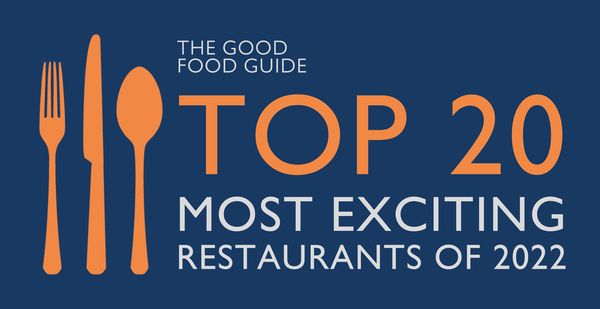Whether you are eating in a pizzeria, trattoria or osteria, decoding unfamiliar dishes under the headings of antipasti (appetisers), zuppa (soup), insalata (salad), primi piatti (first course), secondi piatti (main course) and dolce (dessert) can be as demanding as untangling your bowl of spaghetti. Of course, if you have a Pavarotti-sized appetite, you can order the whole lot but most people in the UK tend to opt for a more traditional three-courses of antipasti or soup followed by secondi piatti and dolce.
Not that boring old spaghetti gets much of a look in these days when the pastas of choice are new kids on the pasta block such as conchiglie (small pasta shells), agnolotti (filled pasta parcels) or tortiglioni (narrow pasta tubes). And then there’s the ingredients themselves. What’s the difference between a lardon and lardo? The former is a cube of pork fat, the other is a strip of cured pork back fat. Why go for tardivo over radicchio when they are essentially the same bitter leaf? And what’s agrodolce (a sweet and sour sauce) and affogato (a strong espresso poured over vanilla ice cream) anyway?
Things don’t get much easier when it comes to the gelato (ice cream) stage. OK, so limone and melone probably won’t fox the average SATs student, but stracciatella (milk ice cream with fine shavings of dark chocolate) and nocciola (hazelnut) are a different story.
Not that a basic knowledge of Italian menu terms isn’t an advantage when it comes to ordering dessert. Ask your waiter for a bacio at the wrong time and you may end up causing quite a scene. After all, this delicious hazelnut and chocolate ice cream translates as ‘kiss’ in Italian.






